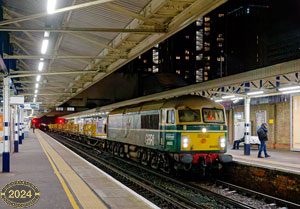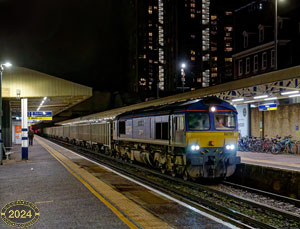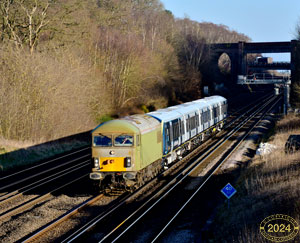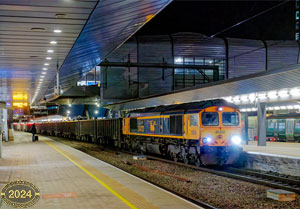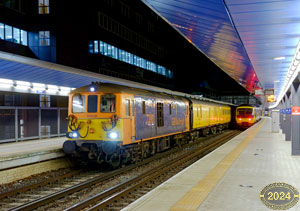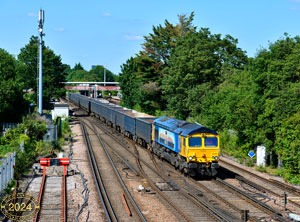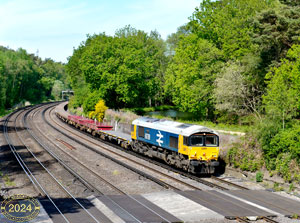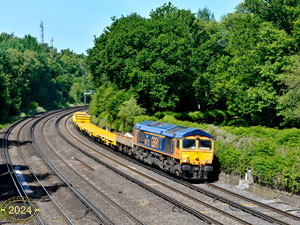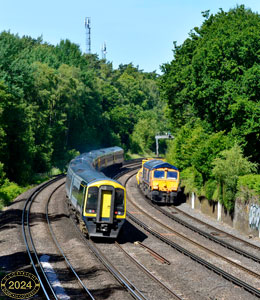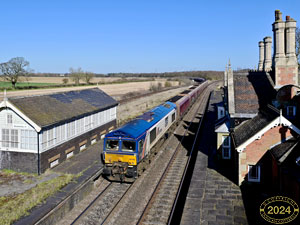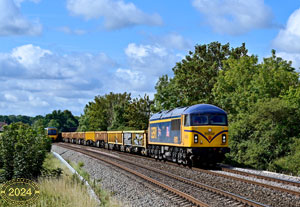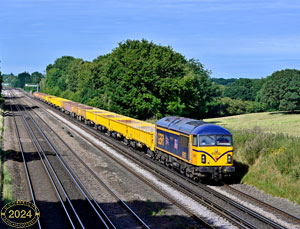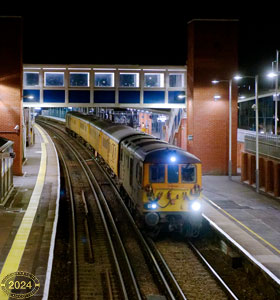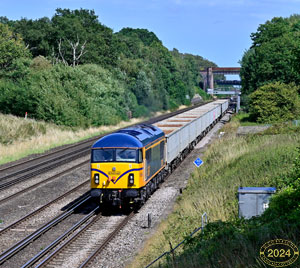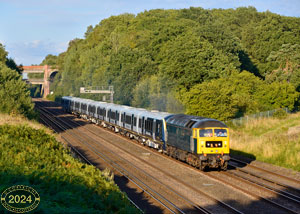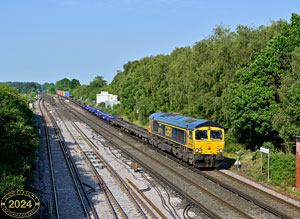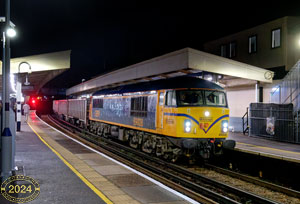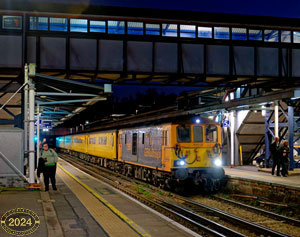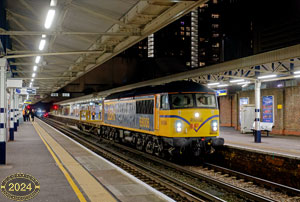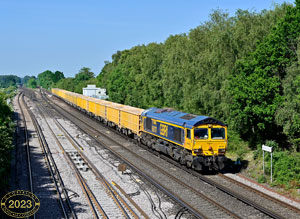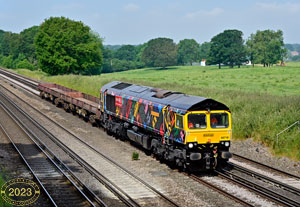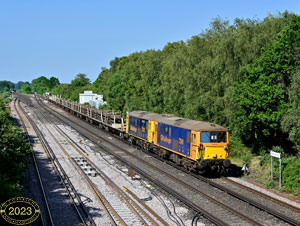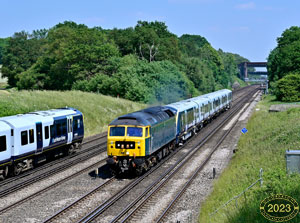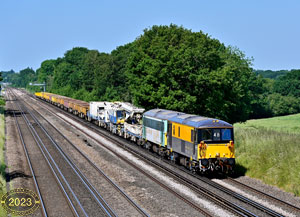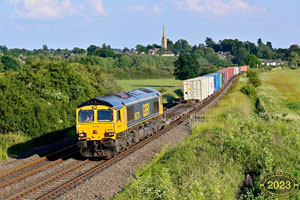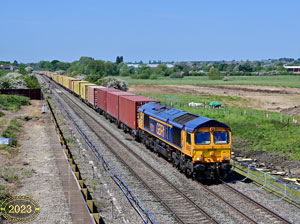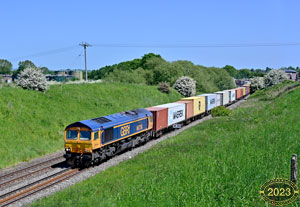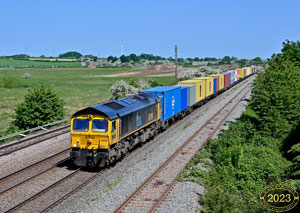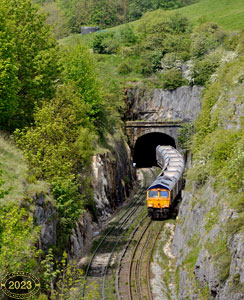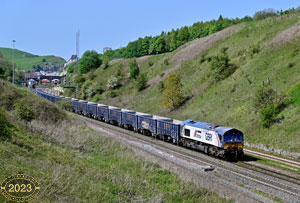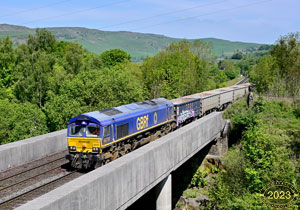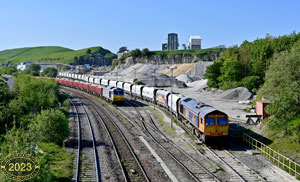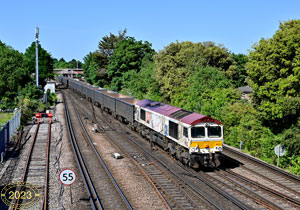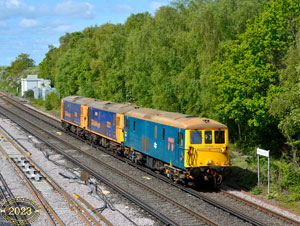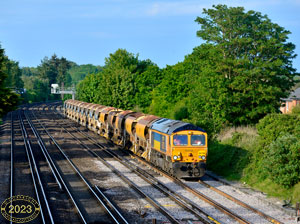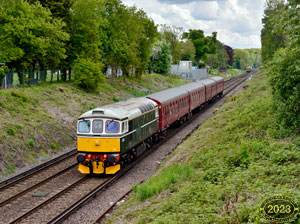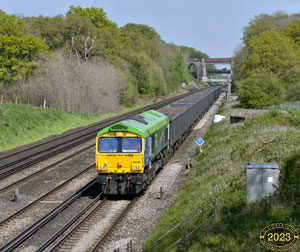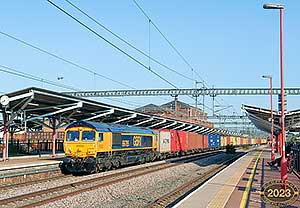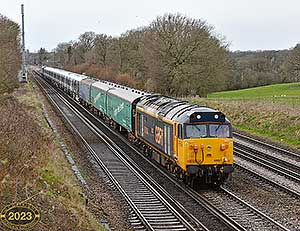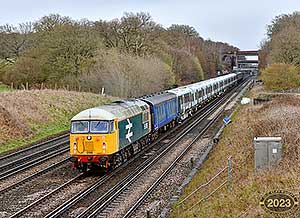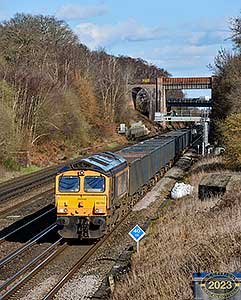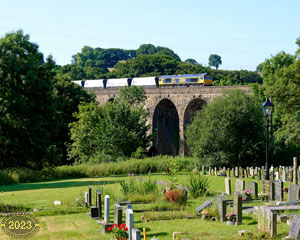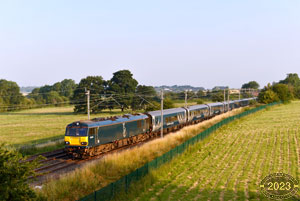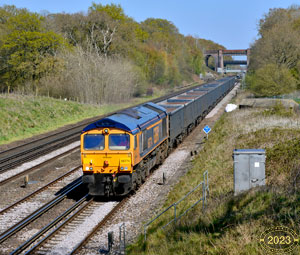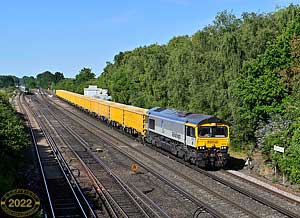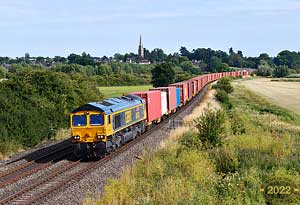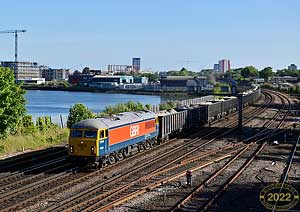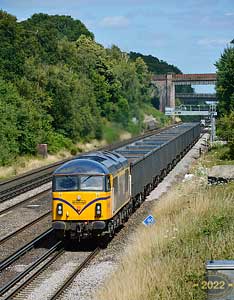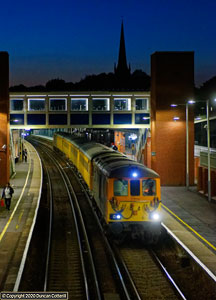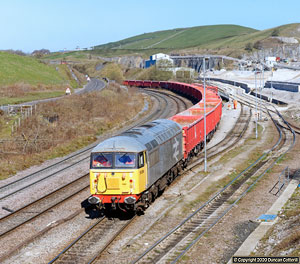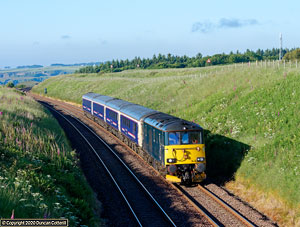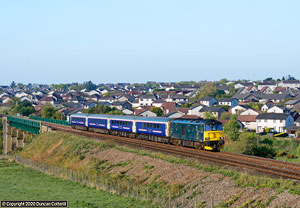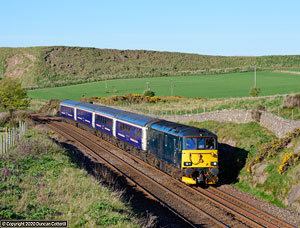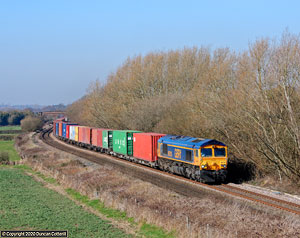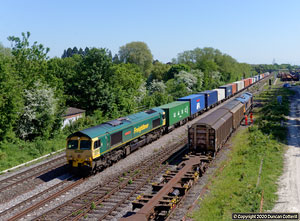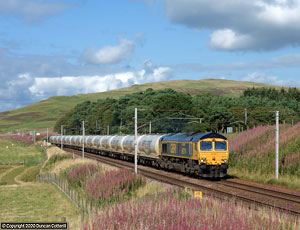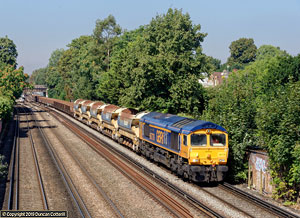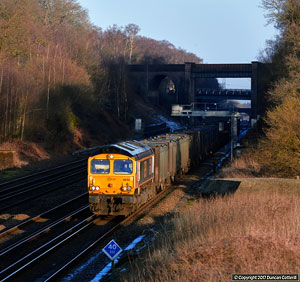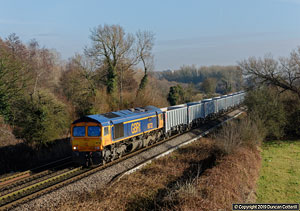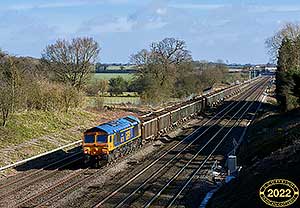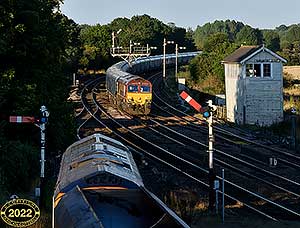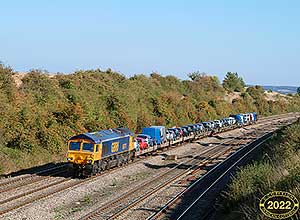GB Railfreight is the most successful of the new freight companies created since privatisation and is still growing. It currently operates a fleet of well over 100 locomotives from a variety of classes including Class 47, 57, 66 and 69 diesels, Class 73 electro-diesels and Class 92 electrics.
GB Railways was set up to bid for rail franchises at privatisation in the late 1990s and won the Anglia contract. It later set up a freight arm, GB Railfreight ,and an open access operator, Hull Trains. First Group bought GB Railways in 2003 and ran GB Railfreight as a subsidiary until 2010, when it sold the business to Europorte, a joint venture of Eurotunnel and the port of Dunkirk. It was then sold to a Swedish investment company, EQT Partners, in 2016 and to Infracapital, part of M&G in 2019.
GBRF started running trains in 2002 with a fleet of 7 Class 66 locos and continued to buy more from EMD until 2016. In addition to the 59 locos bought new, 9 were acquired from DRS, 4 from Freightliner and 10 from EWS. Another 18 have been imported from Europe and modified to meet British requirements, bringing the Class 66 fleet to 100. More imports from Europe are anticipated in the coming years.
In addition to the Class 66s, GBRF has examples of Classes 08, 47, 50, 56, 59, 60, 67, 69, 73 and 92 on its books.
Only a couple of the Class 56s are operational with the remainder slated for conversion to Class 69. The plan is to rebuild 16 locos with the same engine as the Class 66, producing a machine with similar capabilities. As this is written in summer 2022, 5 class 69s have been outshopped and are entering service, usually working from Tonbridge.
Ten Class 60s were sold to Colas by DB in 2014. In 2018, after Colas had received additional class 70s, it sold its Class 60s to GBRf, which put them to work on biomass trains to Drax.
GBRf acquired 24 class 73 electro-diesels from various sources and had 11 rebuilt with 1600hp diesels replacing the original 600hp engines. The rebuilt machines were reclassified as class 73/9, with 5 being dedicated to use on Network Rail test trains and 6 to work Caledonian Sleeper services north of Edinburgh. The remaining locos don't seem to do a lot. some are in store while others make occasional trips from their base at Tonbridge.
During the Europorte years GBRf acquired 16 Class 92 electric locos, designed for use through the Channel Tunnel. The 92s continue to work through to Frethun on freight but most of their work is on Caledonian Sleeper services, which they work between Euston and Glasgow or Edinburgh. Again, the class is underutilised with a number in store.
There are only small numbers of the other classes. The 47s, 50s and operational 56s can sometimes be seen on stock moves, taking units to and from works, delivering new units or taking withdrawn units for storage or scrap. The Class 59 tends to be used around Eastleigh and Westbury on departmental duties when its available. The Class 67s, recently acquired from Colas, are expected to see use on Caledonian Sleeper services north of Edinburgh.
GBRF started running trains in 2002 with a fleet of 7 Class 66 locos and continued to buy more from EMD until 2016. In addition to the 59 locos bought new, 9 were acquired from DRS, 4 from Freightliner and 10 from EWS. Another 18 have been imported from Europe and modified to meet British requirements, bringing the Class 66 fleet to 100. More imports from Europe are anticipated in the coming years.
In addition to the Class 66s, GBRF has examples of Classes 08, 47, 50, 56, 59, 60, 67, 69, 73 and 92 on its books.
Only a couple of the Class 56s are operational with the remainder slated for conversion to Class 69. The plan is to rebuild 16 locos with the same engine as the Class 66, producing a machine with similar capabilities. As this is written in summer 2022, 5 class 69s have been outshopped and are entering service, usually working from Tonbridge.
Ten Class 60s were sold to Colas by DB in 2014. In 2018, after Colas had received additional class 70s, it sold its Class 60s to GBRf, which put them to work on biomass trains to Drax.
GBRf acquired 24 class 73 electro-diesels from various sources and had 11 rebuilt with 1600hp diesels replacing the original 600hp engines. The rebuilt machines were reclassified as class 73/9, with 5 being dedicated to use on Network Rail test trains and 6 to work Caledonian Sleeper services north of Edinburgh. The remaining locos don't seem to do a lot. some are in store while others make occasional trips from their base at Tonbridge.
During the Europorte years GBRf acquired 16 Class 92 electric locos, designed for use through the Channel Tunnel. The 92s continue to work through to Frethun on freight but most of their work is on Caledonian Sleeper services, which they work between Euston and Glasgow or Edinburgh. Again, the class is underutilised with a number in store.
There are only small numbers of the other classes. The 47s, 50s and operational 56s can sometimes be seen on stock moves, taking units to and from works, delivering new units or taking withdrawn units for storage or scrap. The Class 59 tends to be used around Eastleigh and Westbury on departmental duties when its available. The Class 67s, recently acquired from Colas, are expected to see use on Caledonian Sleeper services north of Edinburgh.




 options
options hide options panel
hide options panel